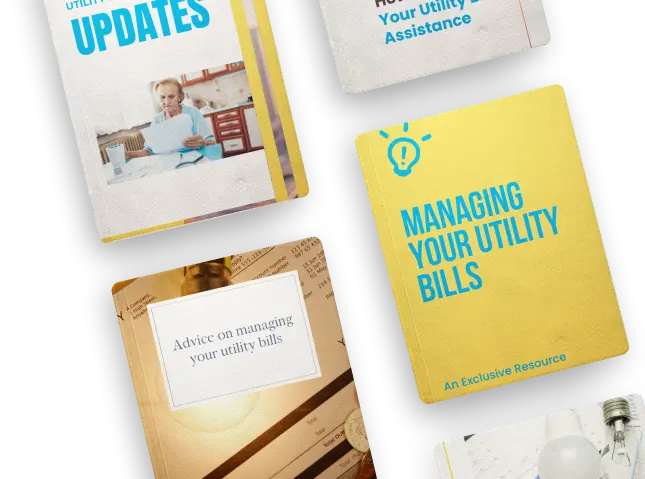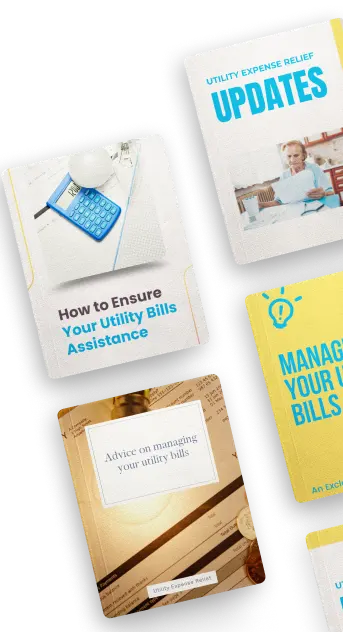Inflation Makes Saving for Emergencies Even More Difficult for Americans
What Makes Saving for an Emergency a Huge Challenge
Nearly half of all Americans live paycheck to paycheck. This means that they can barely squeak by paying their weekly or monthly bills with their regular income. Any unexpected issue, such as a flat tire, acute illness or the refrigerator going out could result in a lack of money to cover that month's expenses. If an emergency were to happen, most people would struggle financially.
Temporary Relief Measures Have Expired
During the initial weeks of the COVID-19 pandemic, the federal government created an economic stimulus package to help business owners and individuals facing these unprecedented times. However, those monthly child tax credit payments and the stimulus checks have ended. The paycheck protection program benefits are also gone. This leaves individuals and business owners in the lurch.
How Many People Don't Have an Emergency Fund
About 42% of working Americans feel somewhat or very financially insecure. Of all working Americans, 24% have zero savings for an emergency. If the brakes on their car go kaput, their oven breaks or they need an emergency root canal, they don't have any money set aside to pay the bill. This could result in increased debt, especially if people feel forced to take out a paycheck loan from a payday lender or if they put the bill on a credit card and can't pay it in full before interest adds to the costs. This survey didn't include the considerable number of American adults who aren't employed. If it did, the number of Americans unprepared for an emergency could easily exceed 40%.
How Much Money Do Americans Have Saved for an Emergency?
Of those who do have an emergency fund, only 33% say they could afford a $400 emergency bill. About 30% of Americans have one month of expenses saved. Those who are least likely to have any emergency savings include workers who earn less than $50,000 per year and parents of children under the age of 18 years.
Why Are Employed Adults Struggling to Save for an Emergency?
Over the past 12 months, employed adults have struggled to save for emergencies, pay existing debt and even meet their monthly bills. Of surveyed adults, 46% said they had trouble paying their utility, phone and internet bills. About 44% of respondents said they had a difficult time paying their rent or mortgage. Paying down existing credit card, student loan or medical debt was an issue for 47% of employed American adults. Food and grocery costs were a problem for 41% of employed Americans. Transportation costs were problematic for 31% of employed adults in the United States.
What Might Help
Since 2021, about 14% of Americans have withdrawn money from their retirement accounts. Doing this comes at a steep penalty if they are under the age of 59. However, an emergency savings account established by an employer might help workers avoid reaching into their retirement accounts and or any other long-term savings account.
What Is an Employer-based Emergency Savings Account?
An emergency savings account links to payroll. Workers could set aside a dollar amount or percentage of their paychecks. This would be an after-tax allocation. If an unexpected event takes place, such as needing to replace the transmission on a vehicle or needing emergency dental work, the employee could access those funds to pay the bill. The account would have no penalty for withdrawals. About 60% of workers expressed interest in this type of savings account. As of April 2022, only 21% of workers stated that their employer offers this option. Young workers, parents and people of color expressed high interest in this employer-based benefit. Senator Cory Booker proposed legislation around this issue in 2021, but the Senate has yet to act on it.












